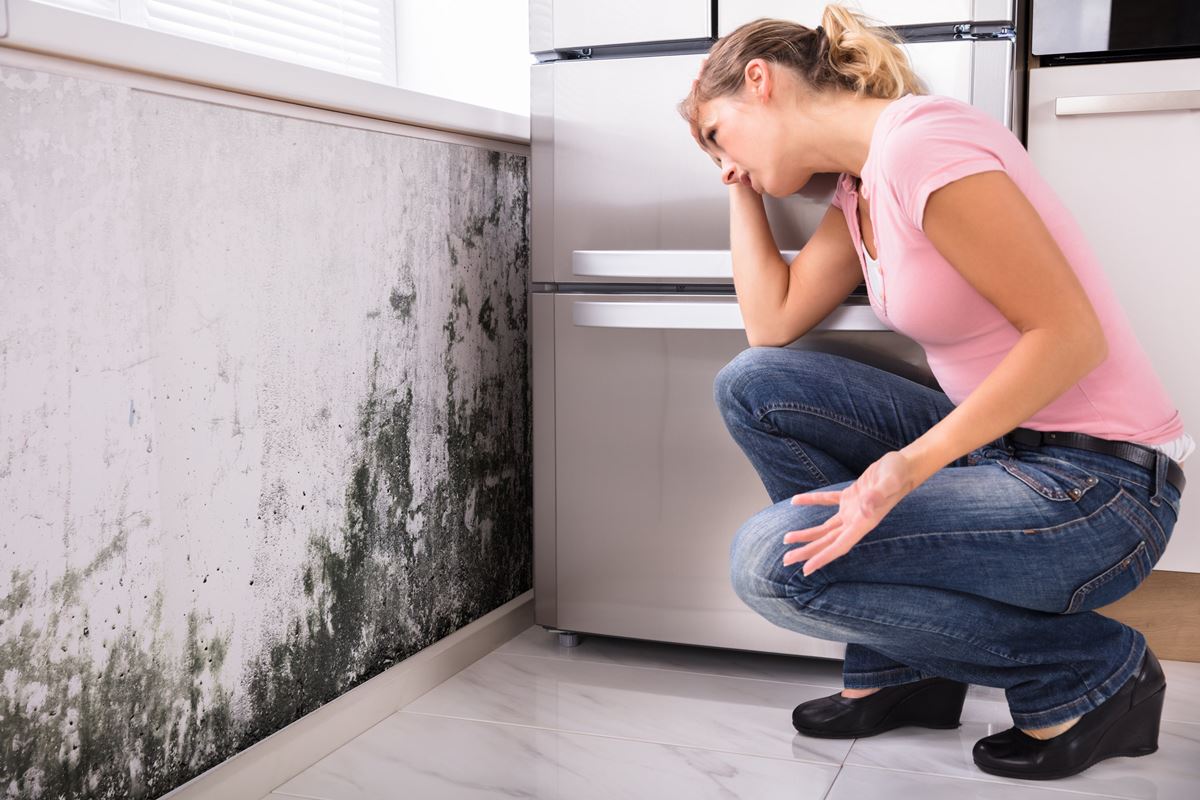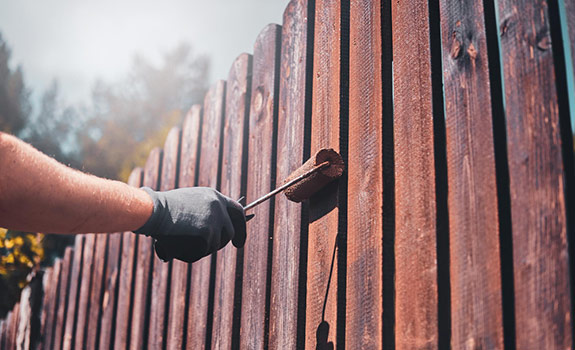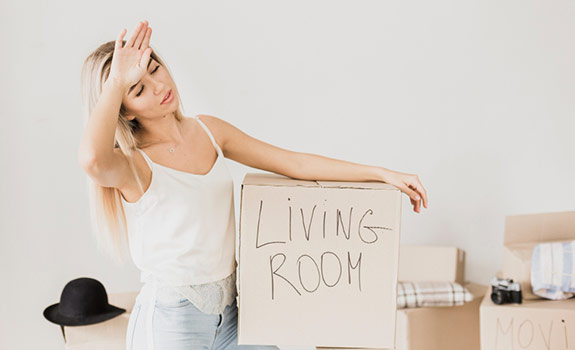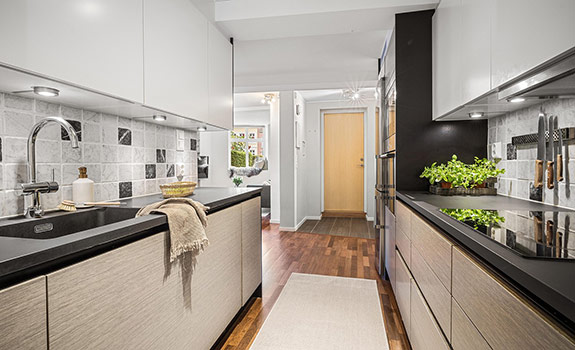Mold is one of the most dangerous types of household contamination and can cause health problems in humans. If you’re looking for a way to remove mold from your home, or if you want to prevent it altogether, we have the solution!
Our mold removal training for homeowners will teach you how to safely remove mold from your house. Learn about different types of molds and their symptoms, as well as prevention measures so that you never have this problem again.
Mold is a type of fungi that grows in a moist and humid environment. They can cause different health problems depending on the types of molds present in your home.
There are three main categories: allergenic, pathogenic, and toxigenic molds. Allergenic molds will only cause allergic reactions while pathogenic and toxigenic ones may also cause inflammation, infection, or even death if not taken care of properly.
How to Spot Mold in Your Home
Mold typically appears in moist areas, such as bathrooms, kitchens, and basements. It could also appear inside your house where there is dampness, including walls and ceilings.
To spot mold in your house, there are certain things you must look for:
- stains or patches on walls or ceilings;
- a musty smell;
- dampness;
- discoloration of wood trim or furniture;
- condensation on windows during winter months (the colder it gets outside the more moisture is inside);
- wallpaper coming away from the wall.
These are just a few signs that mold spores could be lurking inside the crevices of the fixtures of your home. If you see any of these signs you should contact a mold removal specialist as soon as possible.
The more moisture in the house, the more likely that there will be an infestation of black mold which can quickly spread. Black molds release spores that can lead to serious health problems such as asthma, bronchitis, nosebleeds, headaches and wheezing if they are inhaled.
What Does Mold Smell Like
Mold doesn’t emit an odor unless it is growing or you’ve drawn attention to the spores by breaking up the growth. When mold is growing it gives off a musty, earthy smell. The smell has been likened to a mixture of bread, sawdust, dirt and decay.
It generally depends on the person’s sense of smell as to whether or not they’d be able to detect a small infestation. Generally, if there is a significant smell of dampness, earth and must in your home, this is a telltale sign that you have a significant mold infestation.
Why Mold Is a Health Hazard
This type of fungus which can grow on almost any surface and thrives in moist, humid environments produces spores that are easily inhaled or ingested by humans. Once the spores enter your body, they release mycotoxins which can be harmful to your health. Mycotoxins are toxins that develop in mold, which can lead to negative health effects. These toxins may lead to allergies, asthma attacks, lung infections, cancer and even death in some cases!
Mycotoxins have a variety of different symptoms that may result in numerous health problems. Generally, mycotoxins will affect the immune system and other bodily functions, too.
Since mycotoxin production occurs to cover for cellular damage in the fungus, these spores are created by molds to prevent their own death loss due to cellular disorder and deterioration.
This is usually what causes allergic reactions from exposure or ingesting mycotoxins – particularly Aspergillus as they are commonly found outside North America but only cause harm in patients with pre-existing conditions similar to asthma. In more fatal cases, it has been observed that mycotoxins can lead to cancerous growths on the respiratory organs such as the lungs, throat and windpipe.
How to Remove Mold from Your Home
What You’ll Need
Before you can get started with your DIY mold remediation project, you’ll need the following equipment and chemicals:
- Diluted bleach (mix 1/4 cup of bleach in a gallon of water)
- A small brush or sponge (for hard to reach spots)
- Cloth or paper towels
- Rubber gloves
- Protective eyewear and a mask (optional)
After you’ve gathered all your supplies, it’s time to get started. The first step is always the same.
Step 1: Remove all contaminated materials from your home
Remove any porous materials that have become contaminated with mold from the room or area where contamination was found. If your carpets and furniture have been contaminated unfortunately, this includes the removal of carpeting and furniture covers which may need to be discarded altogether once they are soaked in bleach water (if not wearing gloves, be careful not to touch the contaminated surfaces).
The next step is more complicated: removing the mold from your home.
Step 2: Dry Surface Mold Removal
This technique uses a cloth or paper towels soaked in diluted bleach water to clean the area. Wear protective eyewear and gloves (these are optional, but recommended for safety). Lay down a cloth or paper towel soaked in diluted bleach water over the moldy surface and wait 15-20 minutes before wiping it off with another dry cloth – this will kill any residual spores that may not have been killed by diluting them.
Once that’s done fill a bucket with one gallon of water and two cups of diluted bleach – after soaking it in the solution, use cloth or paper towel to wipe down any hard-to-reach areas!
Step 3: Bleach Fogging
To really rid your home of mold in your home after having completed the above steps, bleach fogging is a technique that will get to those impossible to reach crevices in your home. This technique works best if you’re dealing with a large surface area. To do it, fill an enclosed room (or the contaminated one) with water and add in diluted bleach to make a spray mist. Wear protective eyewear and gloves before turning on the air circulation fan for 20 minutes while spraying down all hard surfaces.
Once that’s done, open windows, vents and other sources of ventilation to finalise the bleach fogging mold removal process.
Step 4: Prevention Is Better Than a Cure
As always these above measures are a theoretical band-aid on a wound that won’t heal unless you get to the source of the mold infestation. To prevent future mold build up in your home, complete the following.
- Purchase a humidifier for the rooms where you are having the most trouble with mold.
- Always keep the windows closed when it rains.
- Use plastic or metal containers in cupboards where mold is prevalent.
- Always dry your clothes before folding them and placing them in a closet or use vacuum sealed bags to store clothes.
- Sprinkle borax or baking soda in the corners of the bathroom where dust gathers.
- Clean your shower curtain with vinegar spray every other day.
The Final Say
To conclude this article provides information relating to preventative measures you can take to avoid a mold problem in the first place: to reiterate these include things like keeping windows closed when it rains, ensuring proper ventilation and maitaining clean and healthy airflow, installing a dehumidifier or humidifier depending on your region’s climate and needs.
If you do find yourself with an infestation of surface mold, we recommend using bleach fogging as this technique is best for large spaces. Alternatively, if there isn’t much room for spraying down surfaces from above (say, you have some moldy hard-to-reach corners), then try soaking cloth or paper towels in diluted bleach water before wiping them over any contaminated areas – just make sure that no one else touches these surfaces once they’re clean!
Keep your family, pets safe through the removal of mold from your home.
Published in: Home advice | Author: Lynn







